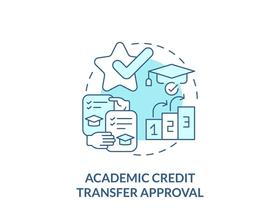Choosing a college is a huge decision – one that will affect your career options for the rest of your life. Not only is selecting a college a life-changing decision, but it can be a very challenging decision to make simply because there are so many options. Between state colleges, private colleges, and community colleges, your options are nearly limitless but, for many people, community colleges aren’t even on the radar. Why is it that community colleges get such a bad rap and is a bad reputation deserved?
In this video, Aspen Institute College Excellence Program Executive Director Josh Wyner discusses the benefits of community colleges, including how they are preparing a skills-ready workforce.
The Benefits of Community College
Before getting into the reason behind the bad rap community college often receives, it would benefit you to learn some of the reasons why someone might choose a community college over a state or private institution. You will find a list of benefits associated with community colleges below:
- Lower Tuition Costs – The main benefit of attending community college over a state or private institution is reduced tuition costs. While a private college might charge $30,000 or more for a single year, community colleges might charge the same amount (or less) for four years of education. Not only are tuition costs lower at a



















